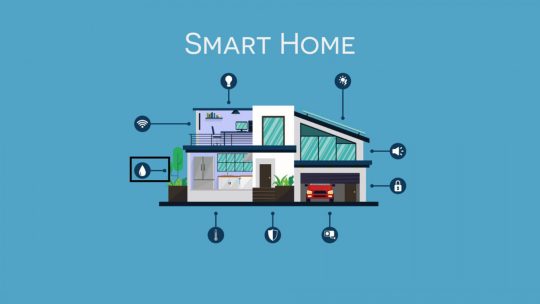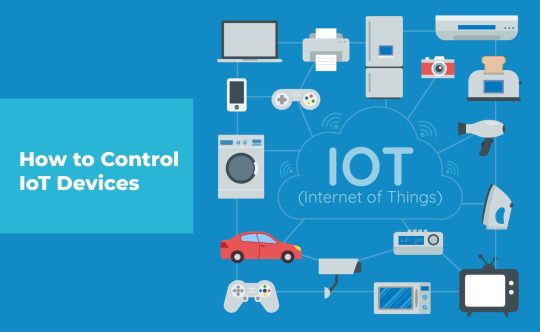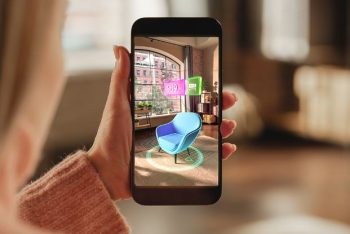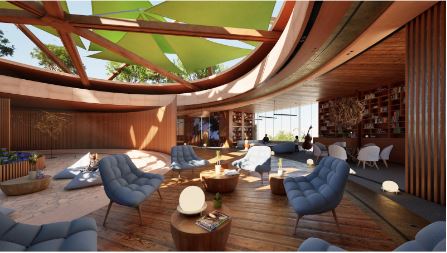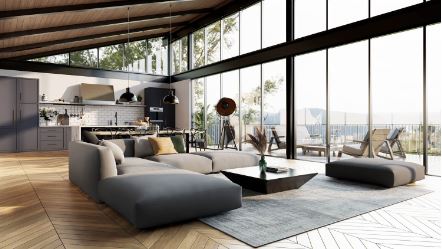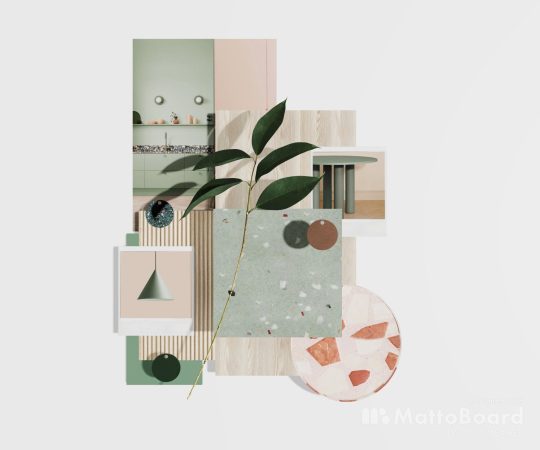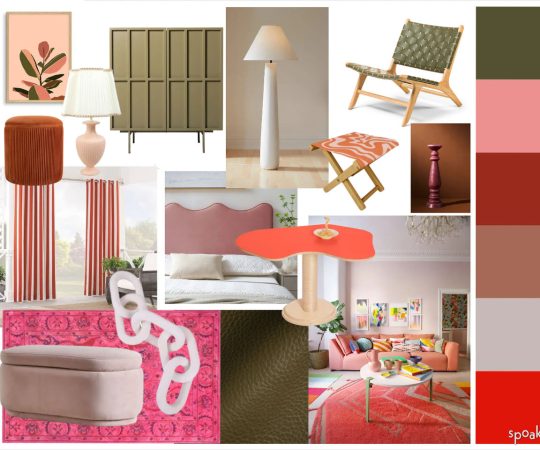
With many new technology advancements we wanted to talk about a subject that has taken the design world by storm over the last decade: Smart Design. Technology has changed just about every aspect of interior design and it continues to do so in new ways every year.
Smart Design is an umbrella term that covers a large variety of topics. SMART is actually an acronym for Self-monitoring, Analysis, and Reporting Technology. Smart Technology is implemented in almost all facets of design including lighting, appliances, temperature control, security, and plumbing.
One part of Smart Design are the “smart devices” that have been affecting primarily residential design. These devices are called “Internet of Things.” IoT Devices are great for homeowners as they let you control your entire house remotely. Lighting and temperature control, as well as kitchen appliances can have smart design elements. In most households, interior designers can expect to specify a lot more of these devices as they offer both luxury and convenience to their clients. These devices can also provide better energy efficiency, convenience, and easier control.
A lot of smart devices are also being implemented in commercial interiors such as offices, schools, and retail spaces. Being able to control the lighting, HVAC, plumbing fixtures and other appliances in a space in a more convenient manner has proved efficient for these spaces. A big part of smart design in commercial design is the improved energy efficiency, water efficiency, and waste management. Another part of Smart Design that is helpful in commercial spaces are the smart displays. They help with presentations and visualizations to make connectivity easier and more convenient.
Smart technology has changed not only the kind of products specified in designs, but also how interior designers do their job. Several tools have popped up over the last decade that have taken interior design work to a new level.
Augmented Reality (AR) is a technology that allows you to visualize an accessory, furniture piece, wall covering, and so much more in your current space using your smartphone camera. This is useful for both clients and designers that may be struggling to visualize a piece of furniture or material in a room and provides an easy snapshot of what it might look like. Virtual Reality (VR) has also entered the scene. Although still in its infancy, it can help you visualize a complete room makeover with not only a rough rendering, but one you can walk through!
Speaking of renderings, this form of software has improved exponentially. With the right skill set a designer can render a room to photo realistic standards to show you what it would look like before the design ever leaves the computer! Two favorites for this type of rendering are TwinMotion and Enscape.
Something interior designers have been using at an increased rate in the last few years is Artificial Intelligence. AI is great for creating mood boards, suggesting ideas, as well as creating renderings, but it should not be relied upon for complete accuracy.
Something that we have come across recently that we think is a super cool up-and-coming tool, is a virtual sample board! There are a few companies that offer this technology that allows you to create photo realistic sample boards, a couple of our favorites are MattoBoard and Spoak.
We hope this blog has helped you gain an understanding of the different ways that technology has affected the world of interior design and how Smart Design continues to inspire and improve our workplaces and homes.
